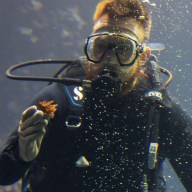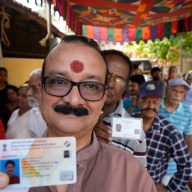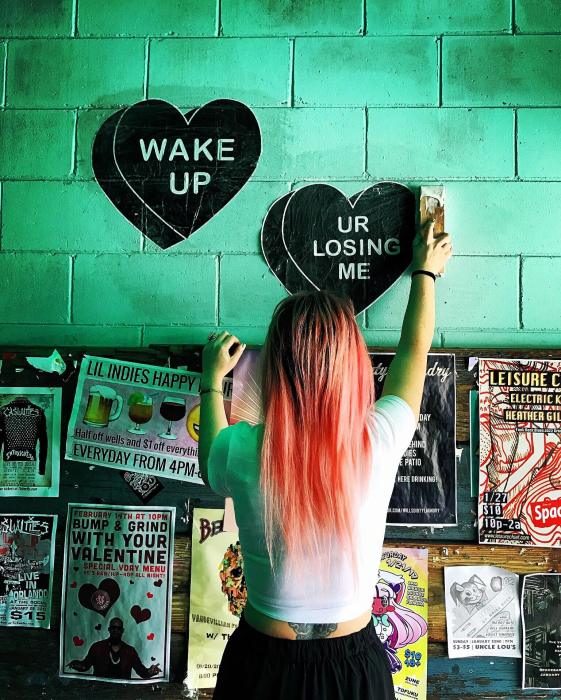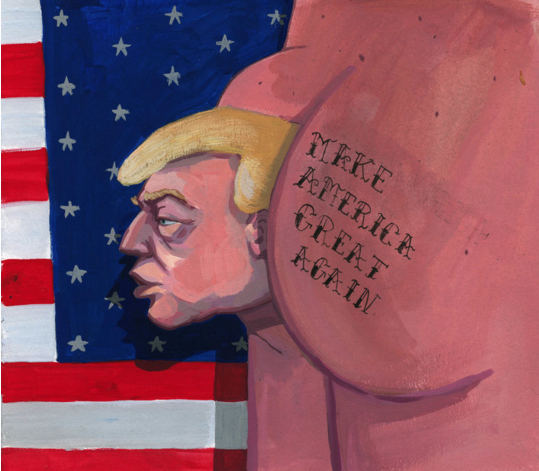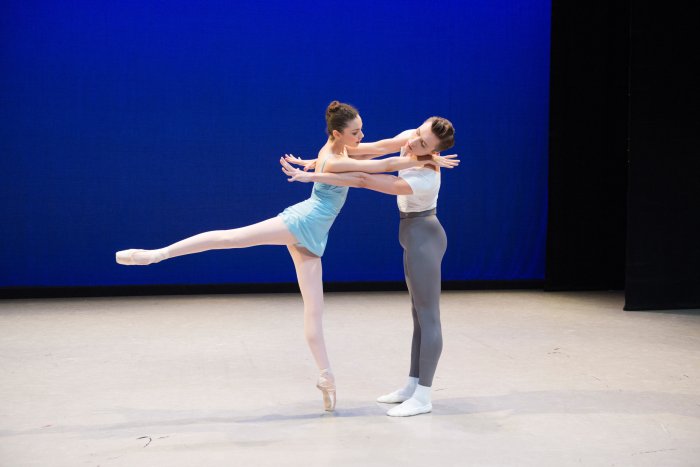Documentarian Lisa Immordino Vreeland has made two documentaries in a row about iconoclastic women who helped enlighten less enlighten times, all while working in the art world without being artists. But both “Diana Vreeland: The Eye Has to Travel,” on the Vogue goddess, and the new “Peggy Guggenheim: Art Addict,” about the pioneering art collector, argue that they were as integral to culture as those whose works they helped expose. We spoke to Vreeland about her latest look at a pioneer. Did you see many similarities between Vreeland and Guggenheim?
There are similarities. Obviously they’re both women. They’re both iconic and important characters of the 20th century. They both had strong personalities. They were freethinkers and they both wanted to reinvent themselves. That’s what intrigues me the most, this sense of reinvention. They both came from unhappy childhoods. I don’t want them to sound spoiled; it’s not like they were poor and beaten up by their mothers. But they wanted to break away from the constraints of their childhoods. In Peggy’s case, she had a traditional upbringing. The Guggenheims were part of that generation of Jewish families that were called “the art crowd Jews,” who had come to America and built their fortunes but lived with rules attached. They had nannies, they had rituals, they were basically like the Rockefellers. It was a very insular crowd. It was something Peggy didn’t feel comfortable with. She was able to break out at the age of 26. She found this freedom. RELATED: Mathieu Amalric on how he stumbled into acting and voicing the French version of “Fantastic Mr. Fox” They’re both kinds of figures who aren’t usually put on pedestals. They helped highlight artists, which, it can be argued, is just as important as creating art.
John Richardson [art historian], who’s one of the main characters in the film, he used the word “pollinator” to define her. All these things happened around her and people gravitated towards her. You could say it was about being in the right place at the right time, but it’s also about having the ability to support these people and create this atmosphere that can facilitate things. There’s some people who say she was an accidental tourist in her own life. I don’t feel that’s true. I don’t think any of this is by accident, because you have to have a personality to match. She was smart enough to ask for Marcel Duchamp’s help. You can only do that if you’re really open. She’s someone who was really open about who she was and was really strong-willed at a time when such a thing was considered scandalous. She even boasted of having 1000 lovers.
I love the fact that she had the courage to do what she did, and to write this autobiography in 1946, when she was 48. It was really gutsy. She did not use the names of the real artists, but she did not deny that she slept with all these people. Everybody else was sleeping around at the same time, but she chose to write about it. She talked about her sex, she talked about her abortions, she talked about all these different relationships she had with artists. But it wasn’t just about her; it was about finding herself. She was not a feminist up there on a soapbox, but boy, she encouraged a younger generation to say, “I’m myself and I’m not scared to be myself.” That, for me, is the ultimate message of the film. There are so many people that swirled around her. How hard was it to find a narrative that could fit 90-some minutes?
My concern was, “Is this too much material? Are we just killing the viewer with the amount of material we’re giving them?” You could do a whole miniseries on her. But I would have such a tough time with casting people like Duchamp, because they were so amazing and the footage really shows them very much alive. I was so in love with the footage we had in the film. I would have this real ethical issue of, “Oh, is that the person playing Duchamp? Hmm. I don’t know, we could do better.” [Laughs] I prefer the real one. But Meryl Streep would be a really good Peggy, don’t you think? RELATED: “Brooklyn” is a melodrama both deeply felt and deeply smart Like “Vreeland,” it’s also not a documentary that relies heavily on talking heads. Visually it’s a procession of striking images and archival footage.
In “Vreeland” we had all these amazing spreads. Then of course, there’s the archival footage of the artists. I watch other documentaries that have archival footage and I’m just dumbstruck. I think it’s just the most beautiful footage. And showing artwork in movies is hard. There are so many ways to show it. You can make it really complicated, or you can just show it as it is. The visuals are a huge part because you can’t just have talking heads, especially with this material. With “Vreeland” we had 47 talking heads. It was insane how many people were onscreen. But not many people noticed. Also they were not very academic people. In this film there were many people from the art world. Did you feel at all intimidated talking to academics, especially since what they say has to be accessible and understandable to a mass audience? [Laughs] I think I prepared myself. I really did. It’s a great challenge. There are so many great people here. With John Richardson, I’m always in awe. I walk out of his apartment and I’m in another world. You’re talking to this guy who’s had an amazing life, has been friends with so many of these artists. But it was a different form of preparation. I had to be more academically in-tune with everything so I didn’t sound like a total dum-dum. I went prepared. I don’t know if when I walked out of the room they said, “Oh my god, what a moron.” I hope not. Follow Matt Prigge on Twitter @mattprigge
How to make a film about art collector Peggy Guggenheim
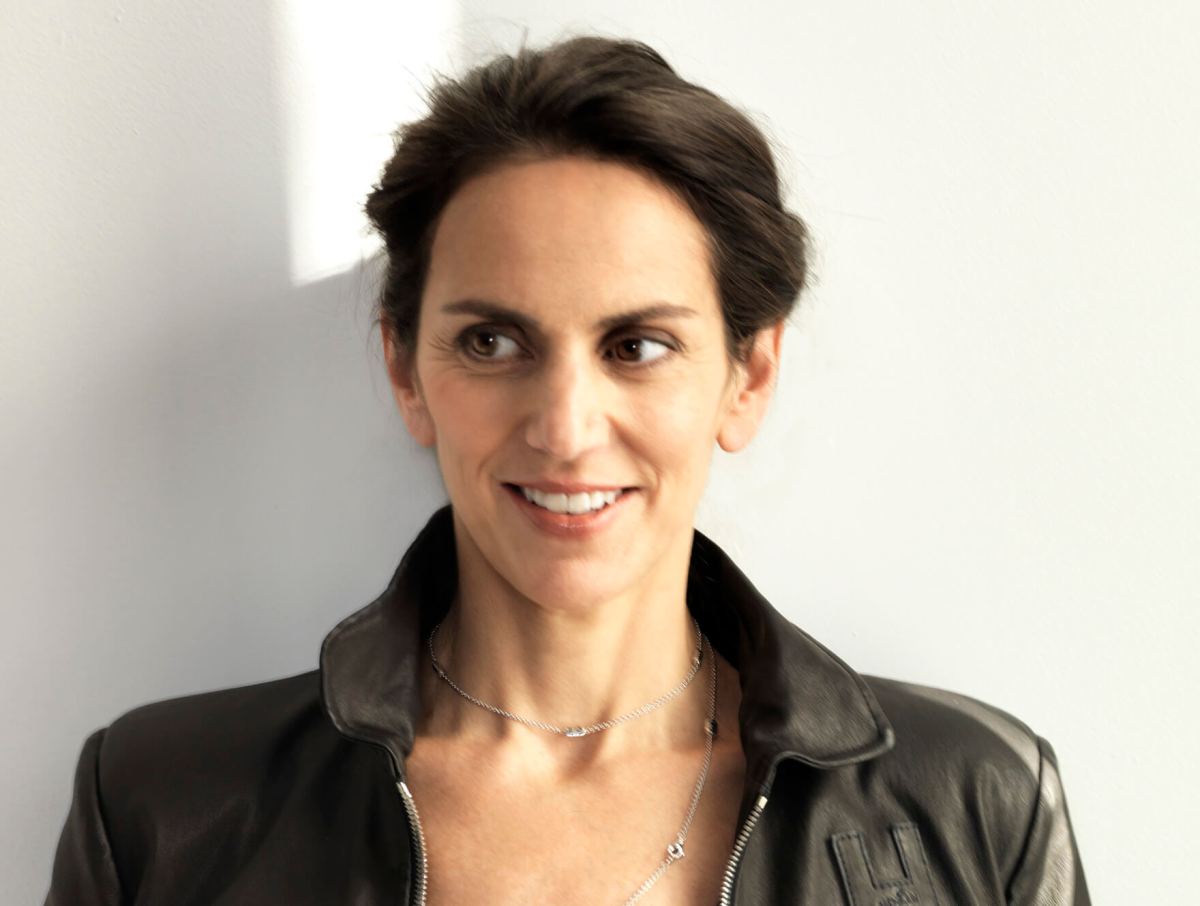
Submarine Deluxe






